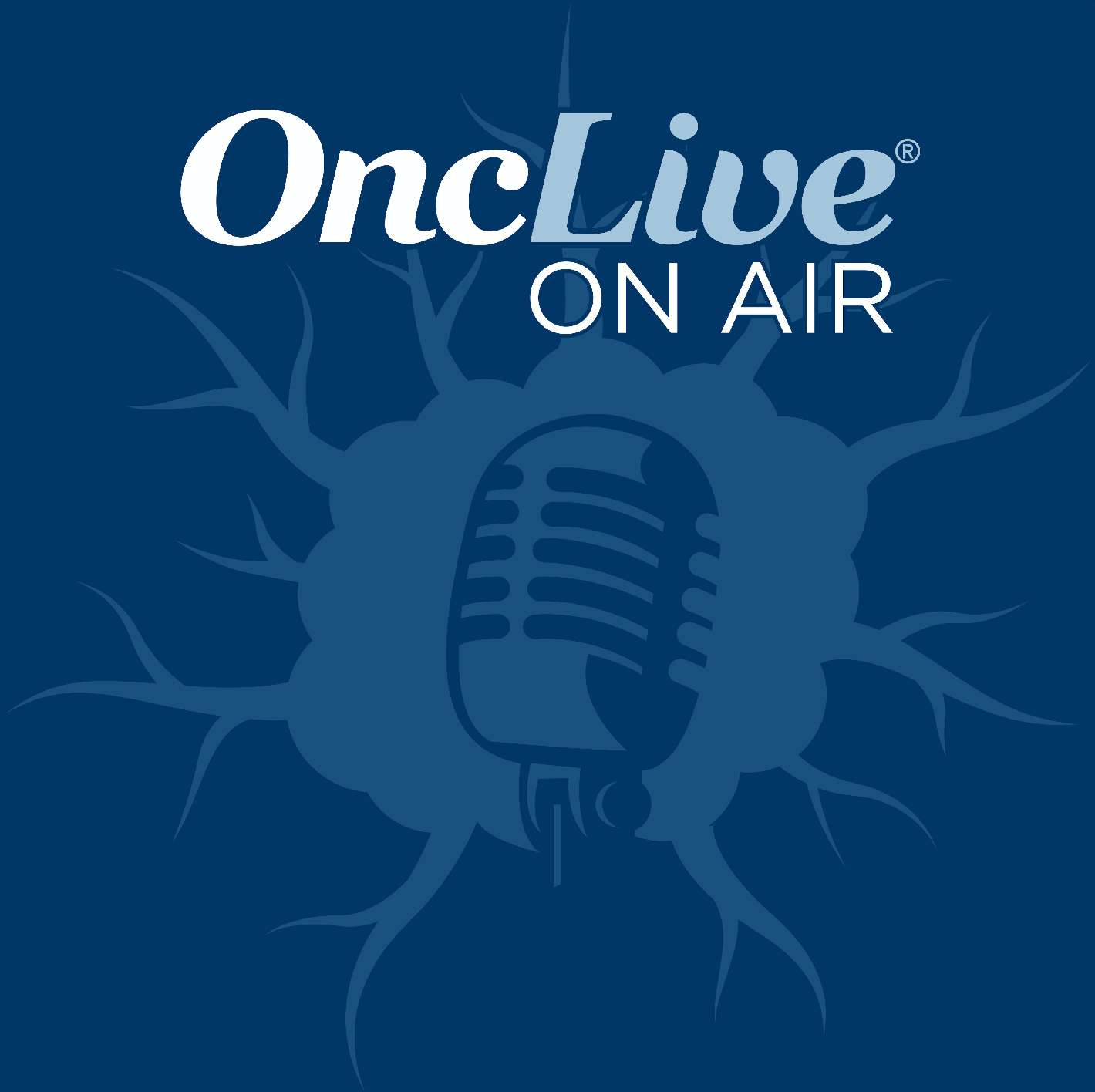Article
Optimal Immunotherapy Sequencing Remains Elusive in Lung Cancer
Author(s):
The potential therapeutic benefits of immune checkpoint inhibitors as monotherapy as well as in combination with chemotherapy for patients with non–small cell lung cancer depend greatly on the timing of treatment initiation. However, for patients with EGFR, ALK, and other actionable mutations, identifying the optimal combination is a hurdle.
Karen Kelly, MD, associate director for clinical research at the University of California (UC) Davis Comprehensive Cancer Center and professor of medicine at UC Davis Health

Karen Kelly, MD
The potential therapeutic benefits of immune checkpoint inhibitors as monotherapy as well as in combination with chemotherapy for patients with non—small cell lung cancer (NSCLC) depend greatly on the timing of treatment initiation. However, for patients with EGFR, ALK, and other actionable mutations, identifying the optimal combination is a hurdle.
“For a majority of our patients who do not have oncogenic-driven cancers, there is now overwhelming and compelling data for the role of immune checkpoint inhibitors, either with chemotherapy or as monotherapy in the first-line setting,” Karen Kelly, MD, said during a presentation at the 17th Annual Winter Lung Cancer Conference®, hosted by Physicians’ Education Resource®, LLC. “In contrast, for patients who have oncogenic drivers, all the data that we have, at least for monotherapy, [indicate that it is] just not effective. Where you position [immunotherapy] in the oncogenic-driven space is unknown.”
The therapeutic impact of immunotherapy is best when introduced in the first line, or in cycle 1 or 2 for use in combination with chemotherapy. Determining the best point of introduction beyond that is a sliding scale with limited data to support real-world scenarios, added Kelly, who is the associate director for clinical research at the University of California (UC) Davis Comprehensive Cancer Center and professor of medicine at UC Davis Health.
Concurrent Versus Sequential Immunotherapy
For patients without oncogenic drivers, several studies have demonstrated the utility of concurrent chemotherapy in combination with immune checkpoint inhibitors as a frontline treatment choice for patients.
“We have learned a lot in the recent years about the association of chemotherapy with immunotherapy and the tumor microenvironment,” Kelly noted in her presentation. “The dogma we held, that chemotherapy was 100% immunosuppressive, we now know is false. While [chemotherapy] can be immunosuppressive, it can also be immunostimulatory.”
These immunostimulatory effects have the potential to enhance immune checkpoint inhibitor response and preclinical data suggests that the schedule of chemotherapy effects outcomes. “What we don’t know is how this preclinical work will translate clinically, and there are few trials looking at this,” Kelly added.
But questions still remain surrounding the benefit of sequential immunotherapy following chemotherapy or combination therapy.
Two trials that examined concurrent versus sequential immunotherapy were the KEYNOTE-189 (NCT02578680) examining platinum plus pemetrexed chemotherapy with or without pembrolizumab (Keytruda), and KEYNOTE-407 (NCT02775435) examining carboplatin plus paclitaxel or nab-paclitaxel (Abraxane) chemotherapy with or without pembrolizumab.2,3 Patients receiving the combination of chemotherapy and immunotherapy had superior outcomes over placebo in both groups with a rate of overall survival (OS) at 12 months of 69.2% versus 49.4% (HR, 0.49; 95% CI, 0.38- 0.64; P <.001) in KEYNOTE-189, and a median OS of 15.9 versus 11.3 months (HR, 0.64; 95% CI, 0.49-0.85; P <.001) in KEYNOTE-407.
Of note, patients in the placebo arms of KEYNOTE-189 (n = 206) and KEYNOTE-407 (n = 281) crossed over to receive pembrolizumab at rates of 41% and 32%, respectively. Kelly noted that the survival data for these patients was inferior to those who received concurrent therapy.
Deciphering the best sequential approach to first-line immunotherapy is an area of ongoing exploration. One study aiming to answer this clinical question is the randomized, phase III INSIGNA study (NCT03793179). INSIGNA, which is currently enrolling, will randomize patients to 1 of 3 arms: frontline pembrolizumab followed by chemotherapy in the second line; frontline pembrolizumab followed by pembrolizumab plus chemotherapy in the second line; or the control arm of induction therapy with combination chemotherapy and pembrolizumab with maintenance pembrolizumab and pemetrexed.1
Immunotherapy in Oncogenic Driven Tumors
Immune checkpoint inhibitors as monotherapy, including nivolumab (Opdivo), pembrolizumab, and atezolizumab (Tecentriq), have not been proven active in EGFR-mutated disease. However, data analyzing the benefits of combining immunotherapies, targeted therapies, and chemotherapy in the subpopulation of patients with EGFR and ALK mutations are limited.
One trial that does offer some insight into the therapeutic benefits for these patients is the IMpower150 trial (NCT02366143). The phase III study assessed progression-free survival (PFS) and OS in patients with nonsquamous NSCLC, including those in this subpopulation. Patients were randomized to receive atezolizumab plus carboplatin and paclitaxel (ACP), bevacizumab (Avastin) plus carboplatin and paclitaxel (BCP), or atezolizumab plus BCP (ABCP), followed by maintenance therapy with atezolizumab, bevacizumab, or both.4
An efficacy benefit was observed in patients with EGFR mutations when atezolizumab was added to standard-of-care bevacizumab and chemotherapy. The median PFS was 10.2 months (95% CI, 7.9-15.2) for patients receiving ABCP versus 6.9 months (95% CI, 5.7-8.5) for patients receiving BCP. The median OS was not estimable (NE; 95% CI, 17.0-NE) for patients treated with ABCP versus 18.7 months (95% CI, 13.4-NE) for patients treated with BCP standard of care. Additionally, the median duration of response for ABCP was 11.1 months (range, 2.8-18.0) versus 5.6 months (range, 2.6-15.2) with ACP and 4.7 months (range, 2.6-13.5) with BCP. The overall response rates were 71%, 36%, and 42%, respectively.4,5
More data are needed in this area, but Kelly thinks these results raise more questions. “We just saw a quadruplet regimen that was active and that begs the question, ‘Is more better?’ We desperately need better models to help us in our decision making…because we know that at the end of the day, we are excited about these new agents, but they need to benefit the individual patient.”
Kelly outlined her preferred treatment algorithm for patients with oncogenic-driven tumors, noting that she bases her decision on whether or not there are tyrosine kinase inhibitors available in the first-line setting and the patient’s smoking history.
“The majority of our patients should be seeing an immune [checkpoint] inhibitor upfront, cycle 1, with chemotherapy or alone,” Kelly concluded. “For those patients with oncogenic drivers, it will depend upon the driver and their smoking status. I have a caveat that regardless of timing of immunotherapy, I would suggest that you not use it as a monotherapy.” She added that there is still much work to be done to identify better predicative markers to assist in clinical decision making.
References
- Kelly K. When to start immunotherapy. Presented at: 17th Annual Winter Lung Cancer Conference, hosted by Physicians’ Education Resource®, LLC; February 7-9, 2020; Miami Beach, FL.
- Gandhi L, Rodrígues-Abreu D, Gadgeel S, et al; KEYNOTE-189 Investigators. Pembrolizumab plus chemotherapy in metastatic non-small-cell lung cancer. N Engl J Med. 2018;378(22):2078-2092. doi: 10.1056/NEJMoa1801005.
- Paz-Ares L, Luft A, Vicente D, et al. KEYNOTE-407 Investigators. Pembrolizumab plus chemotherapy for squamous non-small-cell lung cancer. N Engl J Med. 2018;379(21):2040-2051. doi: 10.1056/NEJMoa1810865.
- Socinski MA, Jotte RM, Cappuzzo F, et al; IMpower150 Investigators. Atezolizumab for first-line treatment of metastatic nonsquamous NSCLC. N Engl J Med. 2018;378(24):2288-2301. doi: 10.1056/NEJMoa1716948.
- Reck M, Jotte RM, Mok T, et al. IMpower150: an exploratory analysis of efficacy outcomes in patients with EGFR mutations. Presented at: 2019 European Lung Cancer Congress; April 10-13, 2019; Geneva, Switzerland.







